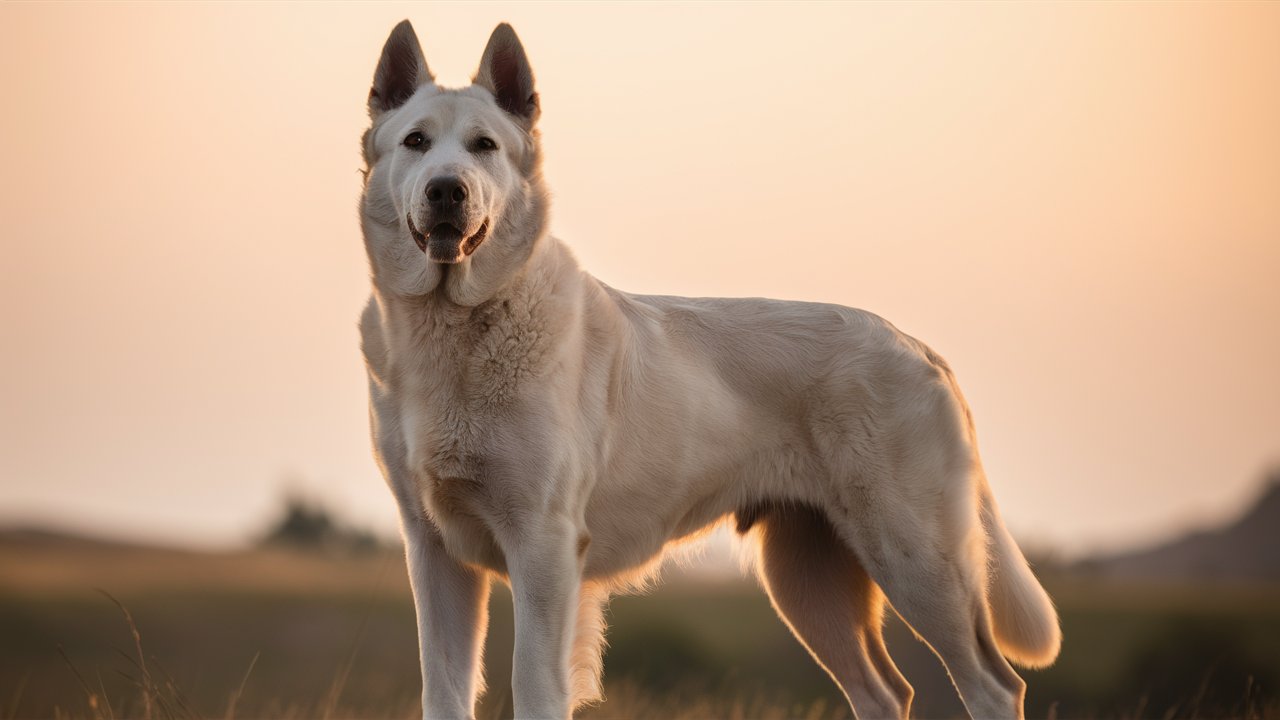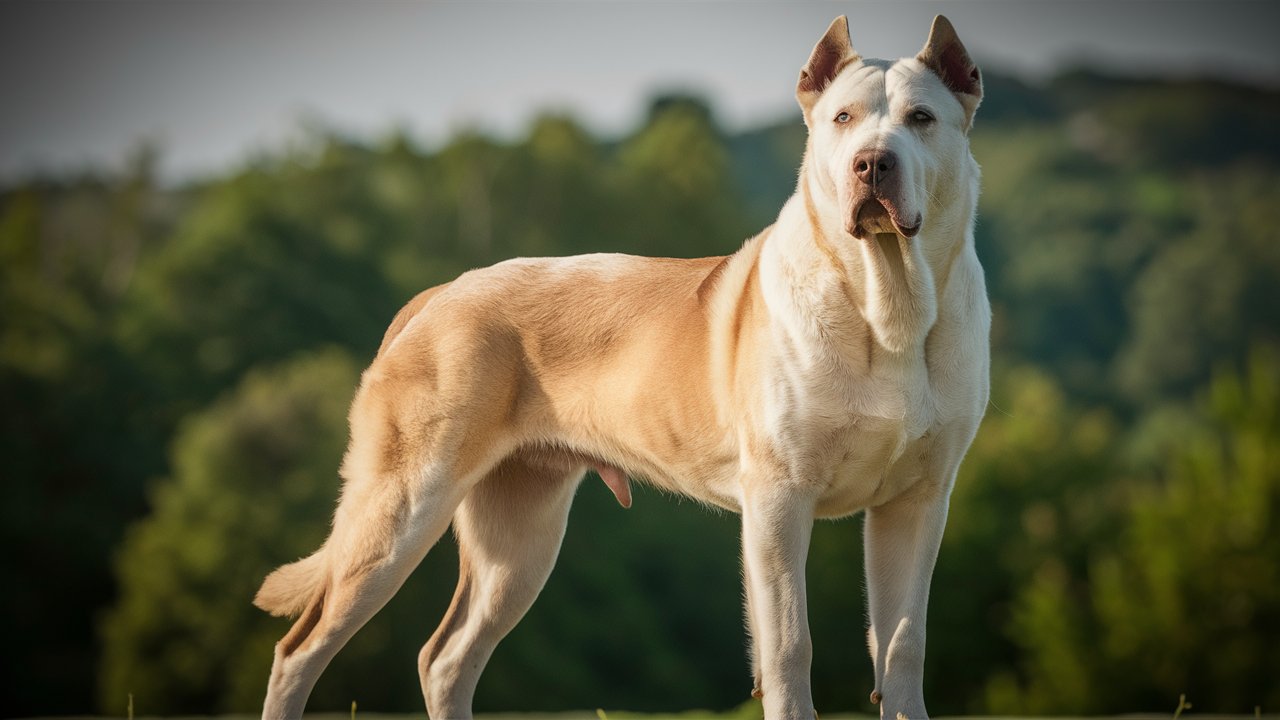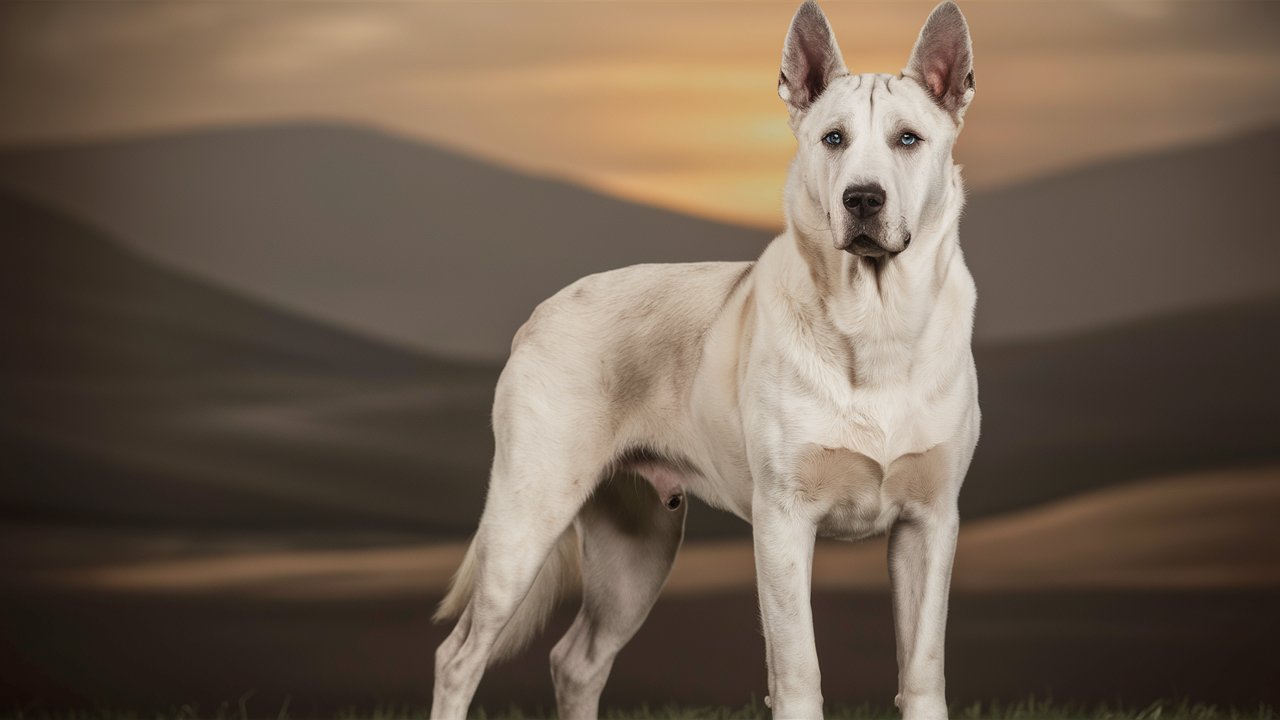The Akbash: Guardian of the Flock and 24/7 Devoted Companion
When it comes to livestock guardian dogs, few breeds can match the strength, loyalty, and sheer presence of the Akbash. Originating from Turkey, this ancient breed has been revered for centuries for its unparalleled ability to protect livestock from predators. Yet, despite its formidable guarding skills, the Akbash is also a gentle giant, known for its deep bonds with both animals and humans alike. This article delves into the history, characteristics, and unique attributes of the Akbash, offering insights into why this breed is treasured by farmers and dog enthusiasts around the world.
Table of Contents
ToggleHistorical Roots

The Akbash dog traces its lineage back to Turkey, where it has been bred for over a thousand years. The name “Akbash” translates to “white head” in Turkish, a fitting description of the breed’s distinctive appearance. Historically, these dogs were developed by shepherds in western Turkey to protect flocks of sheep from predators such as wolves and bears. Unlike herding dogs that drive livestock, Akbash dogs are guardians, instinctively protecting their charges from threats.
One fascinating anecdote from a shepherd I met in rural Anatolia highlights the Akbash’s tenacity. He recounted a night when wolves attacked his flock. Despite being outnumbered, his Akbash dogs fearlessly confronted the predators, ultimately driving them away. This story underscores the breed’s courage and unwavering dedication to their protective duties.
Physical Characteristics
Dog this breed is a large and powerful breed, with males typically weighing between 90 to 140 pounds and females ranging from 75 to 120 pounds. They possess a muscular build, well-suited for both speed and strength, essential qualities for a livestock guardian. Their coats are predominantly white, which not only gives them their name but also provides camouflage among sheep, making it easier for them to blend in and protect their flocks unnoticed by predators.
Their double coat, which can be either short or medium in length, offers protection against harsh weather conditions. The Akbash’s almond-shaped eyes exude intelligence and alertness, while their strong jaws and teeth serve as formidable deterrents to any would-be attackers.
Temperament and Behavior
Dog this breed is known for its calm and composed demeanor. Despite their imposing size and strength, these dogs are gentle and affectionate with their families. Their natural protective instincts make them vigilant guardians, always aware of their surroundings and ready to respond to any potential threat.
A personal story from a family friend who owns an Akbash highlights the breed’s protective yet loving nature. When a stray dog wandered into their yard, their Akbash, named Kaya, immediately positioned herself between the intruder and the family’s children. While she remained calm and didn’t attack, her presence and low growls were enough to deter the stray. Yet, with the family, Kaya was the epitome of gentleness, often seen playing with the kids and even allowing the family cat to nap beside her.
Training and Socialization
Training dog this breed requires patience, consistency, and an understanding of the breed’s independent nature. Unlike some breeds that thrive on commands and structured training, These Breed dogs have been bred to think and act independently. This trait, while beneficial for a livestock guardian, can pose challenges for traditional obedience training.
Early socialization is crucial to ensure that an Akbash can differentiate between friend and foe. Exposure to different environments, people, and other animals helps them develop a balanced temperament. Positive reinforcement techniques work best, as harsh methods can damage their trust and bond with their owners.
Health and Care

These dogs are generally healthy, with a lifespan of 10 to 12 years. However, like all breeds, they are prone to certain genetic conditions, such as hip dysplasia and hypothyroidism. Regular veterinary check-ups, a balanced diet, and proper exercise are essential to maintaining their health.
Grooming an Akbash is relatively straightforward. Their thick coats require regular brushing to prevent matting and to control shedding. During shedding season, more frequent brushing is necessary to manage the excess fur. Bathing should be done as needed, but not too frequently, to avoid stripping the coat of its natural oils.
The Akbash in Modern Times
While the Akbash remains a steadfast guardian of livestock in rural areas, its role has expanded in modern times. Many dogs these breed now serve as family pets, protection dogs, and even therapy animals. Their calm demeanor, loyalty, and protective instincts make them suitable for various roles beyond livestock guarding.
A heartwarming example comes from a therapeutic farm in the United States where these dogs work alongside therapists to help children with autism. The dogs’ gentle and patient nature provides a calming presence, helping the children feel safe and secure. This unique role highlights the versatility and adaptability of the Akbash breed.

Conclusion
The Akbash is a breed that embodies the perfect balance of strength and gentleness. Its rich history as a guardian of the flock, combined with its loyal and loving nature, makes it a remarkable breed. Whether serving as a protector of livestock, a loyal family companion, or a therapeutic partner, Dogs this breed continues to earn admiration and respect from all who encounter it.
For those considering adding dogs these breeds to their family, it’s important to understand and appreciate the breed’s unique characteristics and needs. With proper training, socialization, and care, an Akbash can become an invaluable and cherished member of the household, offering protection, companionship, and unwavering loyalty.